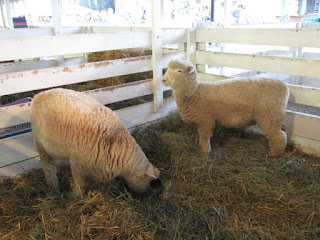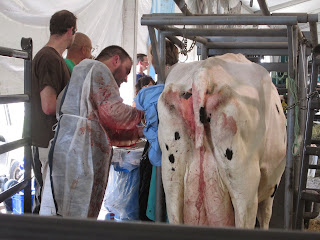 |
| Gala apples at Abbott Farm in Lysander |
Have you ever thought about that custom of bringing an apple
to the teacher?
Well I wonder if that started because apples are ready for
picking just about the time kids go back to school?
Early varieties of apples are ready now, depending on which orchard you visit. Orchard owners say there is a great crop this year, with apples big, juicy and tasty.
The U.S. Apple Association forecasts that New York's crop will be great, but not quite as plentiful as last year. The association predicts a crop of 26.2 million bushels in New York for 2015, down from 30.8 million bushels in 2014.
Paula Reds are the first off the tree and a few orchards
(Deer Run in LaFayette, Beak and Skiff in LaFayette) are open for
customers who desire this tart, juicy and crisp apple.
Some others, such as Navarino Orchard on Route 20 west of
LaFayette in Navarino, are open now with Zestars (crisp and juicy) and
Paula Reds. Warren Abbott at Abbott Farm on Route 370 in Lysander said he opened Aug. 22 for Zestars and Sansas (sweet apple and a cross of Gala and
Akane). Adams Acres in Pompey will be open about Labor Day and O’Neill Orchard
in LaFayette plans to open Aug. 29.
Call the Onondaga County orchard of your choice for an exact
date on when they will be open for the season.
Here is a list of most of the orchards in Onondaga County:
Beak and Skiff, Route 20, LaFayette, 696-6085
Adams Acres, Sevier Road, town of Pompey, 498-6654
Navarino Orchard, Route 20, Navarino, 673-9181
McLusky Orchard, LaFayette, 677-5176
Abbott Farm, Route 370, Lysander, 638-7783
O’Neill Orchard, Route 20, LaFayette, 677-9407
Deer Run Farm, Route 11A, LaFayette, 677-8087
Clearview Orchard, Tully, 696-6438






















